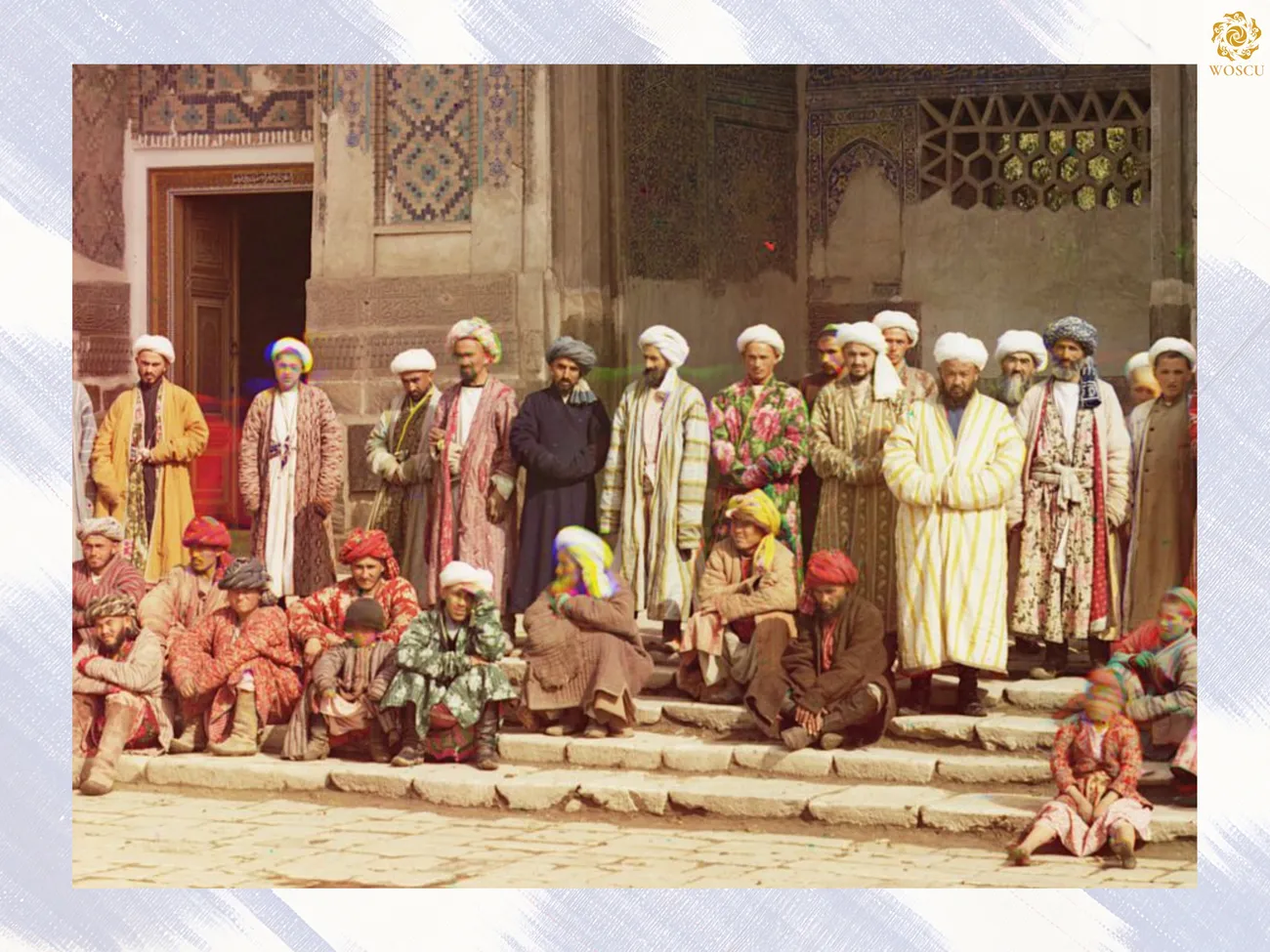It was at the court that what we call the "kitabkhana world (library-atelier)" was formed, in which around its leader (called kalantar or kitabdar) calligraphers, illuminators, painters, specialists in paper production and dyeing, and bookbinders gathered. At the request of the ruler, the kitabdar commissioned manuscripts in a specific style, intended either for the sovereign's library or for other high-ranking individuals, who received them as gifts.
One of the characteristic features of Bukharian art of the 16th century is the existence of a large number of miniatures that are very similar to each other. This feature makes it very difficult to determine the identity of the artist, especially in the absence of authorial signatures in most cases. On the other hand, with such a vast corpus of works, comparing similar miniatures included in it will allow progress in the study of the art of Mawarannahr of that era over time. The few works offered to the reader give an idea of the monuments originating from Mawarannahr, which after long journeys found refuge in the state collections of Paris.
You can learn more about the topic in the book-album "Illustrated manuscripts from Mawarannahr in the collections of France" (Volume XXIX) in the series "The Cultural Legacy of Uzbekistan".
The main sponsor of the project is the oilfield services company Eriell-Group.

